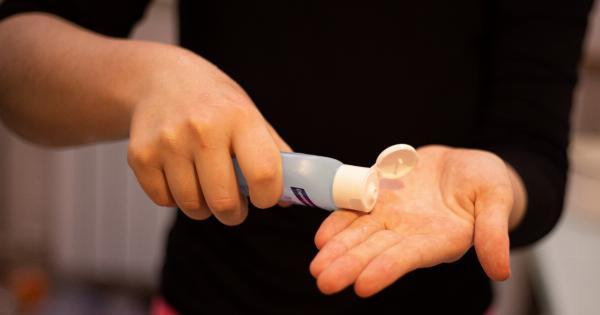Also known as the flu, influenza is a common contagious respiratory illness caused by different viruses that affect the nose, throat, and lungs. However, besides the respiratory variety, there is another type of flu that affects the skin.
Skin flu, also known as eczema vaccinatum, is a rare complication of vaccinia infection that can occur in individuals who receive the smallpox vaccine, a live vaccine that is no longer in use except for employees of certain government labs.
The Causes of Skin Flu
The causes of skin flu revolve around the vaccinia virus, which is used in the smallpox vaccine. Skin flu, which is rare, can only occur in people who have received the smallpox vaccine and do not have adequate immunity to the virus.
The vaccinia virus is a live virus, meaning it can replicate within an individual’s cells and cause symptoms, such as a rash, that are similar to smallpox. In individuals with a weak immune system, the vaccinia virus can spread beyond the vaccination site, leading to skin flu.
Symptoms of Skin Flu
Symptoms of skin flu can vary depending on the individual’s immunity to the vaccinia virus. Generally, skin flu will cause rash-like symptoms that are quite different compared to regular influenza.
The rash will first appear where the vaccine was injected and will usually be accompanied by fever and general malaise. The rash will then spread to other parts of the body as the virus replicates within the cells. However, unlike typical smallpox, the rash is often milder and less severe, and patients do not develop pustules.
Detection and Diagnosis of Skin Flu
Patients who have received the smallpox vaccine are usually monitored for vaccination site rashes that may be indicative of skin flu.
In general, these individuals are advised to avoid close contact with infants as the virus can be transmitted to people with weak immune systems. If someone experiences symptoms of skin flu, it is essential to get tested to determine whether the cause is a vaccinia virus infection or another condition that mimics its symptoms.
Treatment Options for Skin Flu
There is no direct treatment for skin flu that can cure the condition. Treatment mainly focuses on supportive care, which includes providing adequate fluids and nutrients to the patient and managing fever.
Antiviral medications are also available and can help reduce the severity of skin flu symptoms and prevent complications. However, these medications are only approved by the FDA for use in an emergency setting, such as a smallpox outbreak, and are not readily available.
Preventing Skin Flu
The best way to prevent skin flu is to avoid the smallpox vaccine, which is no longer administered to the general public.
However, because the threat of biological warfare still exists, specific organizations, such as the military and government agencies, make vaccines available to their employees, who could be at high risk. Additionally, people who have received the smallpox vaccine should avoid close contact with infants and people with weak immune systems to prevent the spread of the virus to susceptible individuals.
Conclusion
Skin flu is a rare condition that can only occur in individuals who have received the smallpox vaccine. While the condition is generally mild, it can spread to other parts of the body and become more severe in people with weak immune systems.
Symptoms of skin flu are rashes that are different from other varieties of the flu. Fortunately, this condition can be prevented by avoiding the smallpox vaccine and making individuals who received it aware of the dangers they pose to people with weak immune systems.































